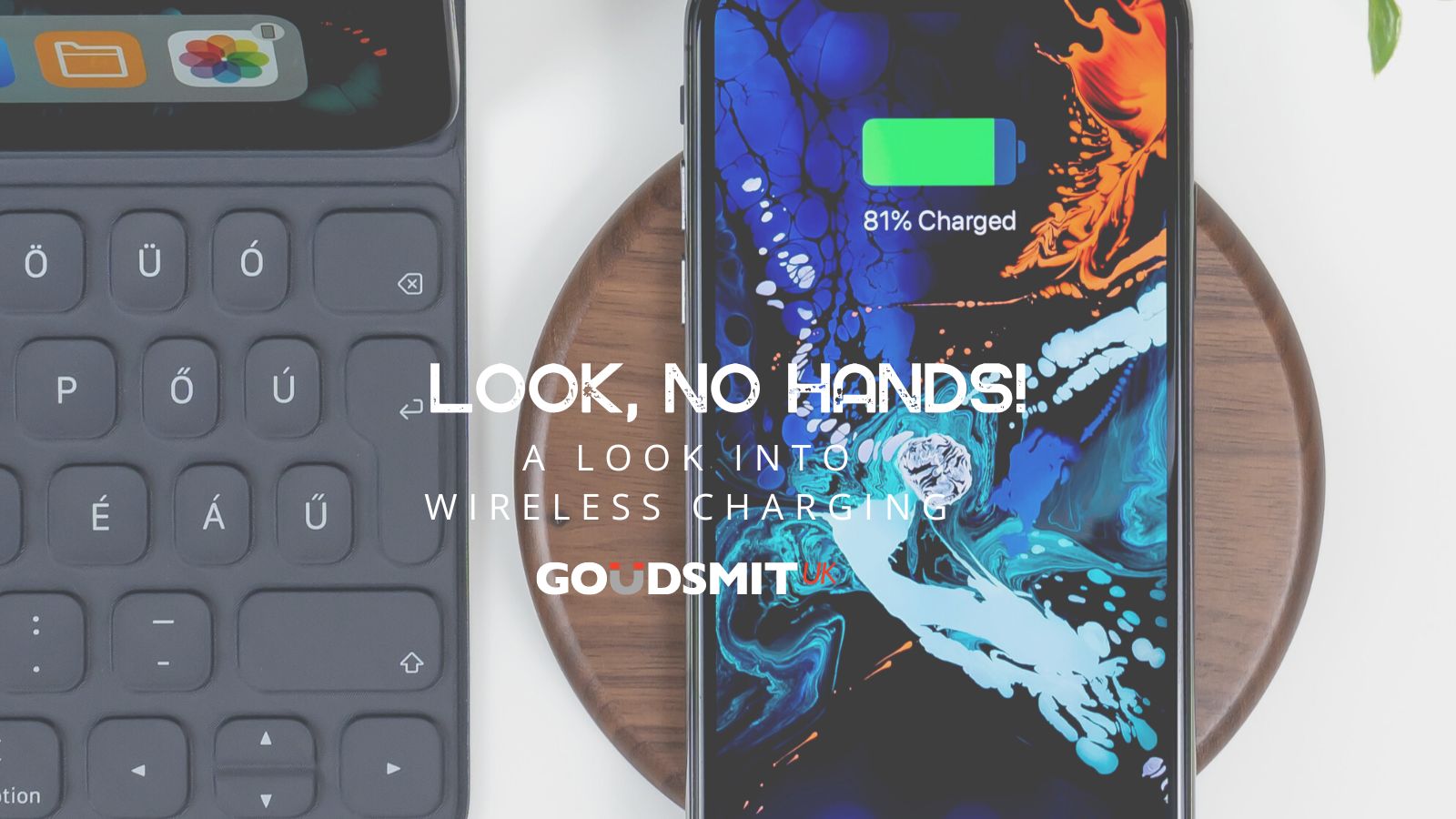With Samsung, Google and Microsoft already utilizing inductive, or wireless charging, Apple’s latest releases, the XR, XS and XS Max in September 2018 have continued the trend of the charging method. Setting your phone down on a tiny dock and not worrying about having to plug it in to charge might seem like magic to some, but it’s a very real concept in 2018 and it has been for years.
Qi is the accepted standard for inductive charging, developed by Wireless Power Consortium (WPC) for charging at up to a distance of 4 cm. Qi has appeared in phones of various stripes for more than five years, and many people are already using it. The basic tech has been commonly used for consumer products like razors and toothbrushes for a while, but now it’s latest use is smartphones.
Since its rapid growth in popularity, it is expected that public areas and businesses will begin installing docking stations for wireless charging. But how does it actually work?
How induction charging works
Through electromagnetic induction, inductive charging uses an electromagnetic field to transfer energy between two objects. However, it’s important to note that a wire is still involved. A charging base station is required, which needs to be connected to a power outlet. However, instead of plugging your device in, you simply place it on the base station.
Unless a compatible device has been placed on the base station, it won’t activate. To determine this, the station sends an intermittent test signal to check if a Qi-compliant device is present. The device then responds to this ping by communicating the received signal strength.
At this point, the wireless charging process begins. Both the base station and the device contain coils; a transmitter coil and a receiver coil, respectively. The interaction between the transmitter coil, located in the base station and the receiver coil located in the device, generates a magnetic field.
The receiver sends an error signal to the transmitter that shares a value equal to the difference between the required power level and the actual power level. The transmitter adapts its output to achieve zero difference between the requested and delivered levels. All this happens at a communication speed of 2 Kbit/s or less. When the receiver’s charge is complete, it essentially tells the transmitter it can go to standby mode.
What are the benefits?
Magnetic wireless chargers are less expensive than wire chargers. Going wireless also eliminates the need for power cords, and thus the inconvenience of frayed cords and the danger of tripping.
Moreover, the biggest advantage to wireless charging is convenience. Although it may not make much difference for a phone, but when all your accessories are charge-pad-enabled, you can charge with ease. Apple has also released an AirPower-enabled case for AirPods, so you can just drop them onto your pad to charge. You also only need one wireless charger for multiple devices, eliminating the need for charger sharing. You won’t have un-plug your phone to charge someone else’s.
Are there disadvantages?
However, with such a close proximity to the dock needed, it limits any mobility. Therefore, while your device is charging, you aren’t going anywhere. Charge times for induction charging are slower than those of charging cords. However, this is likely improve in the near future, but until then you’ll have to wait a little bit longer for your device to charge.
The greatest disadvantage of wireless charging is the impact it has on the environment. Due to the lack of charging efficiency, up to 20% of electricity’s wasted. Such a waste of electricity can be daunting, therefore it’s bad news for the earth’s ecological environment and climate change.
Goudsmit UK
Wireless charging is a game-changer. It could soon apply to larger devices and potentially expand the field of the charge. Leaving the possibility that one day, your whole home could be powered wirelessly.
Used across a variety of sectors, Goudsmit UK’s permanent rare earth magnets and magnetic assemblies are an ideal choice for virtually any industry. At Goudsmit UK we sub-contract manufacture a vast variety of magnets and magnetic assemblies to suit your requirements. Contact us today for more information at info@goudsmit.co.uk or on +44 (0) 2890 271 001.
For more information download our products and services brochure.







